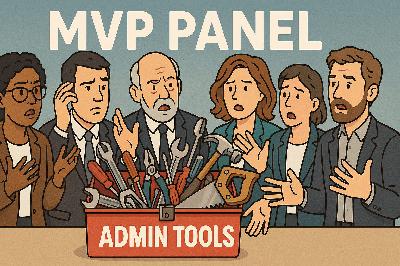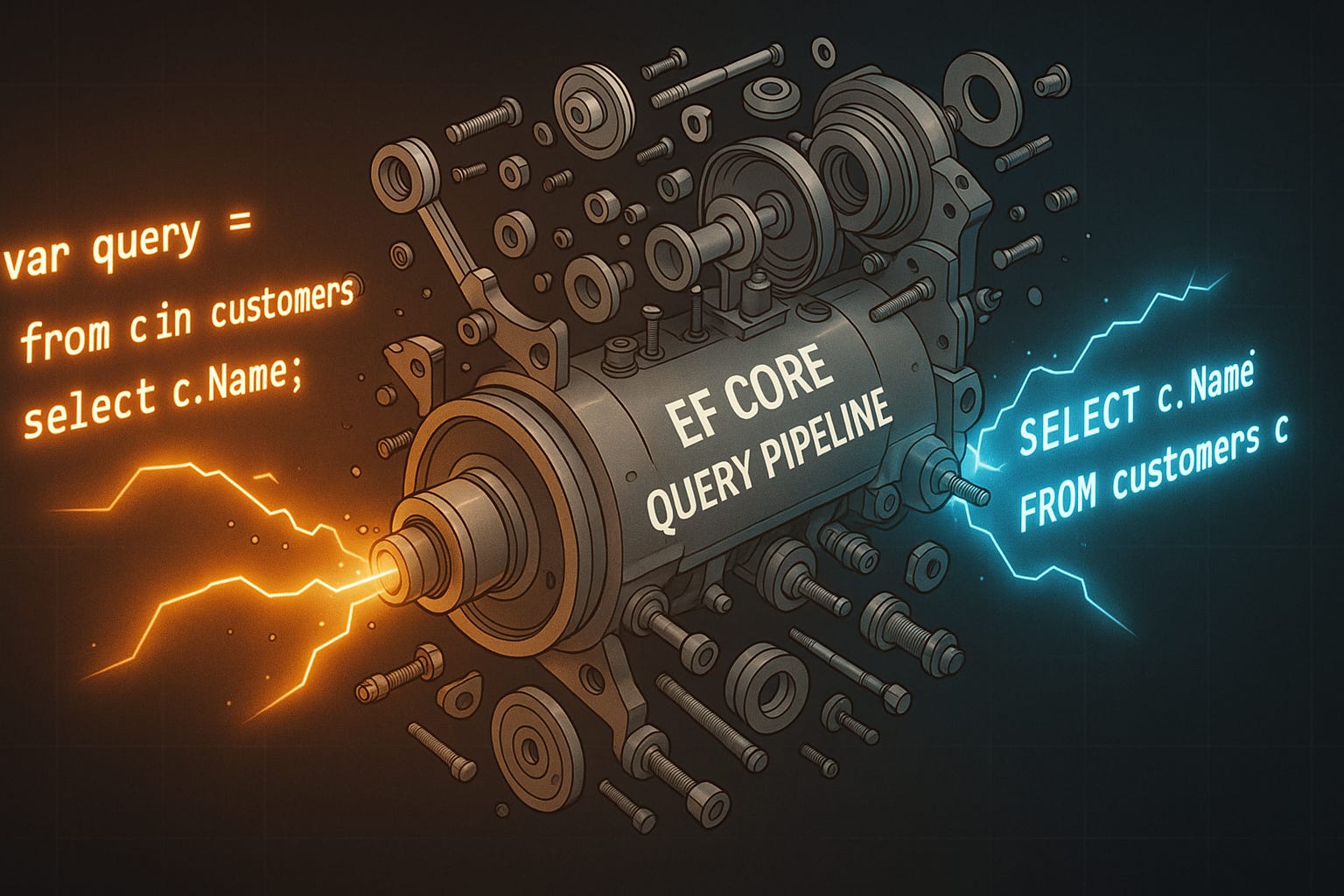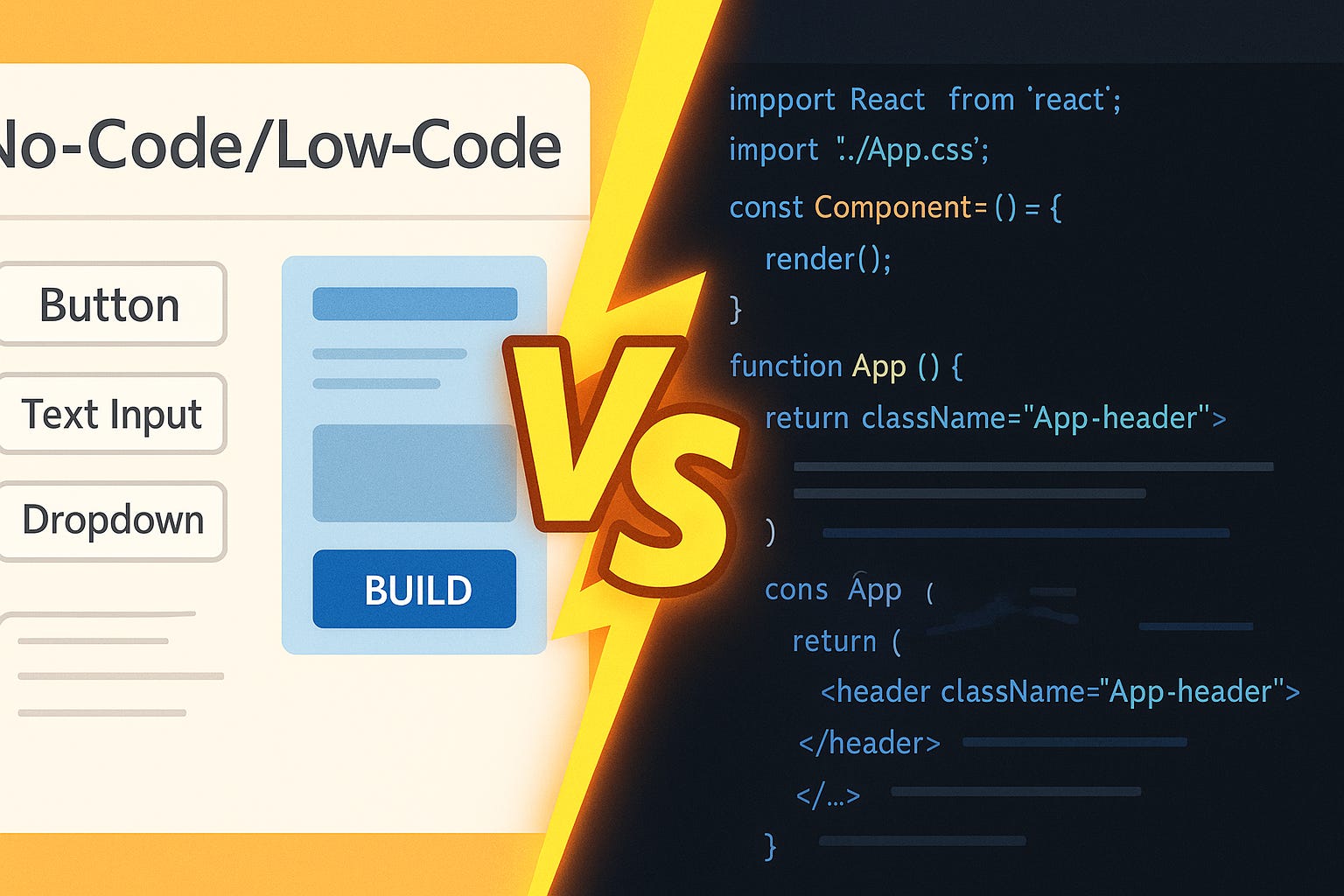The Power Platform Hits Its Limit Here
Description
Here’s the truth: the Power Platform can take you far, but it isn’t optimized for every scenario. When workloads get heavy—whether that’s advanced automation, complex API calls, or large-scale AI—things can start to strain. We’ve all seen flows that looked great in testing but collapsed once real users piled on. In the next few minutes, you’ll see how to recognize those limits before they stall your app, how a single Azure Function can replace clunky nested flows, and a practical first step you can try today. And that brings us to the moment many of us have faced—the point where Power Platform shows its cracks.
Where Power Platform Runs Out of Steam
Ever tried to push a flow through thousands of approvals in Power Automate, only to watch it lag or fail outright? That’s often when you realize the platform isn’t built to scale endlessly. At small volumes, it feels magical—you drag in a trigger, snap on an action, and watch the pieces connect. People with zero development background can automate what used to take hours, and for a while it feels limitless. But as demand grows and the workload rises, that “just works” experience can flip into “what happened?” overnight. The pattern usually shows up in stages. An approval flow that runs fine for a few requests each week may slow down once it handles hundreds daily. Scale into thousands and you start to see error messages, throttled calls, or mysterious delays that make users think the app broke. It’s not necessarily a design flaw, and it’s not your team doing something wrong—it’s more that the platform was optimized for everyday business needs, not for high-throughput enterprise processing. Consider a common HR scenario. You build a Power App to calculate benefits or eligibility rules. At first it saves time and looks impressive in demos. But as soon as logic needs advanced formulas, region-specific variations, or integration with a custom API, you notice the ceiling. Even carefully built flows can end up looping through large datasets and hitting quotas. When that happens, you spend more time debugging than actually delivering solutions. What to watch for? There are three roadblocks that show up more often than you’d expect: - Many connectors apply limits or throttling when call volumes get heavy. Once that point hits, you may see requests queuing, failing, or slowing down—always check the docs for usage limits before assuming infinite capacity. - Some connectors don’t expose the operations your process needs, which forces you into layered workarounds or nested flows that only add complexity. - Longer, more complex logic often exceeds processing windows. At that point, runs just stop mid-way because execution time maxed out. Individually, these aren’t deal-breakers. But when combined, they shape whether a Power Platform solution runs smoothly or constantly feels like it’s on the edge of failure. Let’s ground that with a scenario. Picture a company building a slick Power App onboarding tool for new hires. Early runs look smooth, users love it, and the project gets attention from leadership. Then hiring surges. Suddenly the system slows, approvals that were supposed to take minutes stretch into hours, and the app that seemed ready to scale stalls out. This isn’t a single customer story—it’s a composite example drawn from patterns we see repeatedly. The takeaway is that workflows built for agility can become unreliable once they cross certain usage thresholds. Now compare that to a lighter example. A small team sets up a flow to collect survey feedback and store results in SharePoint. Easy. It works quickly, and the volume stays manageable. No throttling, no failures. But use the same platform to stream high-frequency transaction data into an ERP system, and the demands escalate fast. You need batch handling, error retries, real-time integration, and control over API calls—capabilities that stretch beyond what the platform alone provides. The contrast highlights where Power Platform shines and where the edges start to show. So the key idea here is balance. Power Platform excels at day-to-day business automation and empowers users to move forward without waiting on IT. But as volume and complexity increase, the cracks begin to appear. Those cracks don’t mean the platform is broken—they simply mark where it wasn’t designed to carry enterprise-grade demand by itself. And that’s exactly where external support, like Azure services, can extend what you’ve already built. Before moving forward, here’s a quick action for you: open one of your flow run histories right now. Look at whether any runs show retries, delays, or unexplained failures. If you see signs of throttling or timeouts there, you’re likely already brushing against the very roadblocks we’ve been talking about. Recognizing those signals early is the difference between having a smooth rollout and a stalled project. In the next part, we’ll look at how to spot those moments before they become blockers—because most teams discover the limits only after their apps are already critical.
Spotting the Breaking Point Before It Breaks You
Many teams only notice issues when performance starts to drag. At first, everything feels fast—a flow runs in seconds, an app gets daily adoption, and momentum builds. Then small delays creep in. A task that once finished instantly starts taking minutes. Integrations that looked real-time push updates hours late. Users begin asking, “Is this down?” or “Why does it feel slow today?” Those moments aren’t random—they’re early signs that your app may be pushing beyond the platform’s comfort zone. The challenge is that breakdowns don’t arrive all at once. They accumulate. A few retries at first, then scattered failures, then processes that quietly stall without clear error messages. Data sits in limbo while users assume it was delivered. Each small glitch eats away at confidence and productivity. That’s why spotting the warning lights matters. Instead of waiting for a full slowdown, here’s a simple early-warning checklist that makes those signals easier to recognize: 1) Growing run durations: Flows that used to take seconds now drag into minutes. This shift often signals that background processing limits are being stretched. You’ll see it plain as day in run histories when average durations creep upward. 2) Repeat retries or throttling errors: Occasional retries may be normal, but frequent ones suggest you’re brushing against quotas. Many connectors apply throttling when requests spike under load, leaving work to queue or fail outright. Watching your error rates climb is often the clearest sign you’ve hit a ceiling. 3) Patchwork nested flows: If you find yourself layering multiple flows to mimic logic, that’s not just creativity—it’s a red flag. These structures grow brittle quickly, and the complexity they introduce often makes issues worse, not better. Think of these as flashing dashboard lights. One by itself might not be urgent, but stack two or three together and the system is telling you it’s out of room. To bring this down to ground level, here’s a composite cautionary tale. A checklist app began as a simple compliance tracker for HR. It worked well, impressed managers, and soon other departments wanted to extend it. Over time, it ballooned into a central compliance hub with layers of flows, sprawling data tables, and endless validation logic hacked together inside Power Automate. Eventually approvals stalled, records conflicted, and users flooded the help desk. This wasn’t a one-off—it mirrors patterns seen across many organizations. What began as a quick win turned into daily frustration because nobody paused to recognize the early warnings. Another pressure point to watch: shadow IT. When tools don’t respond reliably, people look elsewhere. A frustrated department may spin up its own side app, spread data over third-party platforms, or bypass official processes entirely. That doesn’t just create inefficiency—it fragments governance and fractures your data foundation. The simplest way to reduce that risk is to bring development support into conversations earlier. Don’t wait for collapse; give teams a supported extension path so they don’t go chasing unsanctioned fixes. The takeaway here is simple. Once apps become mission-critical, they deserve reinforcement rather than patching. The practical next step is to document impact: ask how much real cost or disruption a delay would cause if the app fails. If the answer is significant, plan to reinforce with something stronger than more flows. If the answer is minor, iteration may be fine for now. But the act of writing this out as a team forces clarity on whether you’re solving the right level of problem with the right level of tool. And that’s exactly where outside support can carry the load. Sometimes it only takes one lightweight extension to restore speed, scale, and reliability without rewriting the entire solution. Which brings us to the bridge that fills this gap—the simple approach that can replace dozens of fragile flows with targeted precision.
Azure Functions: The Invisible Bridge
Azure Functions step into this picture as a practical way to extend the Power Platform without making it feel heavier. They’re not giant apps or bulky services. Instead, they’re lightweight pieces of code that switch on only when a flow calls them. Think of them as focused problem-solvers that execute quickly, hand results back, and disappear until needed again. From the user’s perspective, nothing changes—approvals, forms, and screens work as expected. The difference plays out only underneath, where the hardest work has been offloaded. Some low-code makers hear the word “code” and worry they’re stepping into developer-only territory. They picture big teams, long testing cycles, and the exact complexity they set out to avoid when choosing low-code in the first place. It helps to frame Functions differently. You’re
























